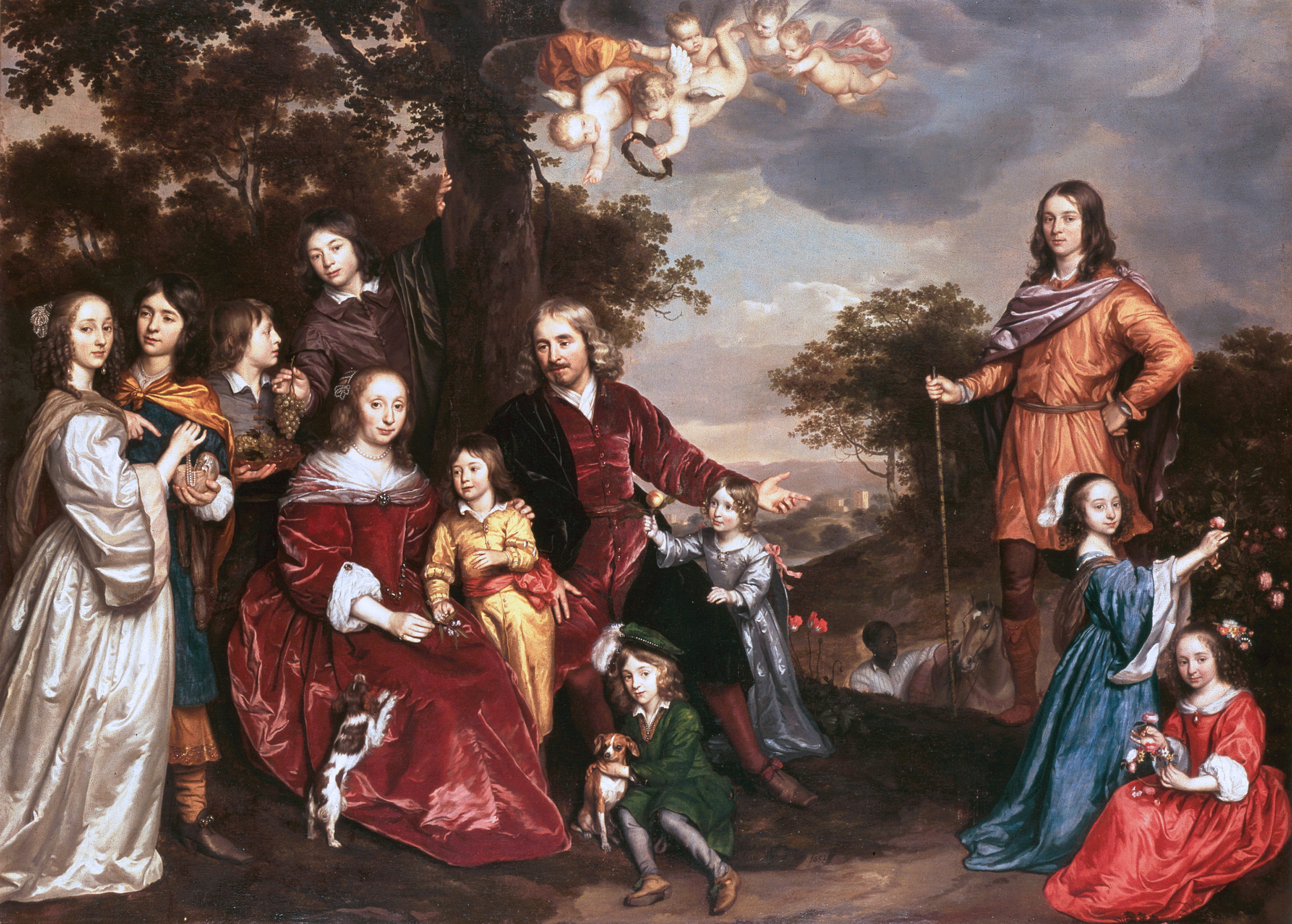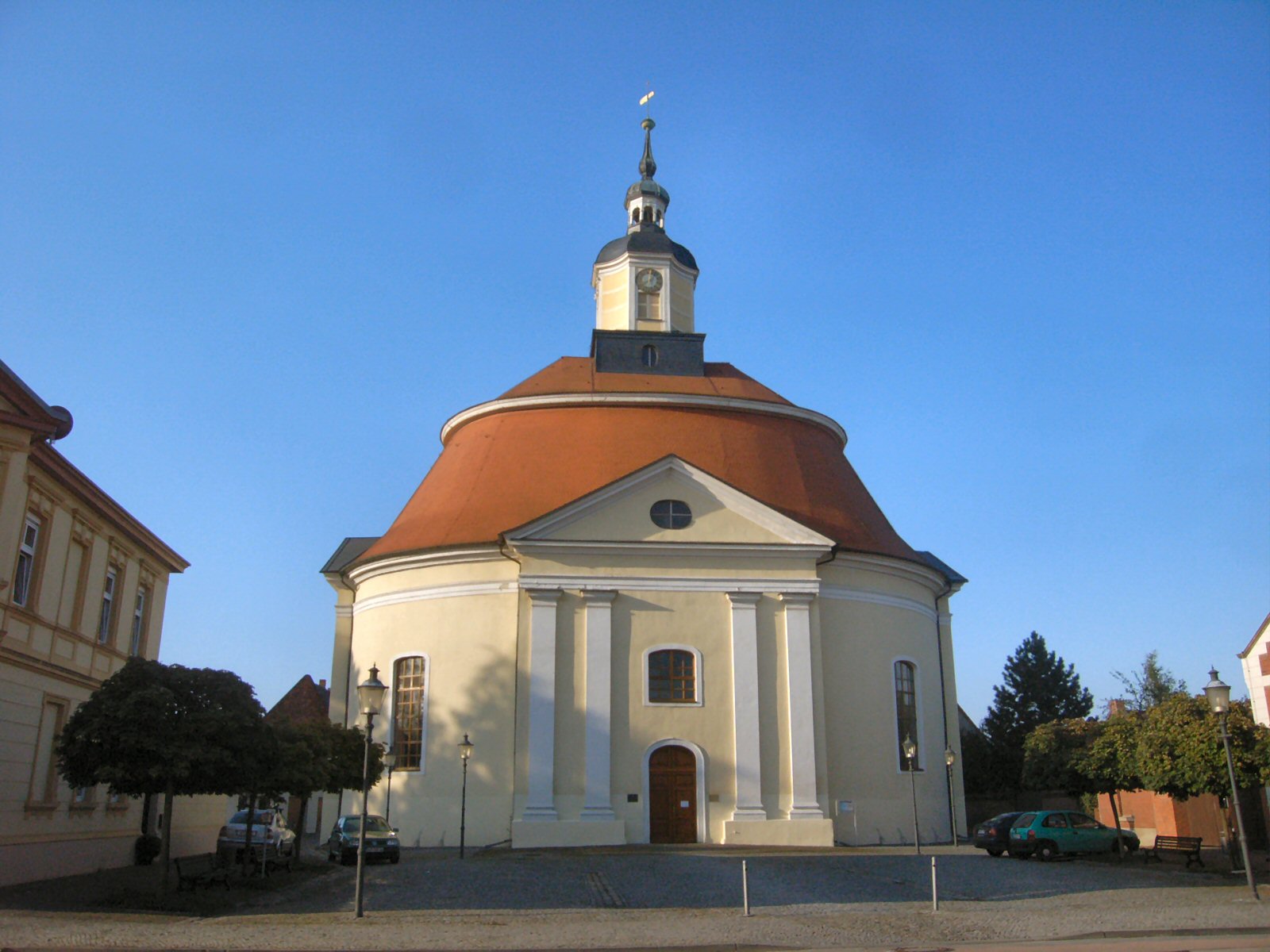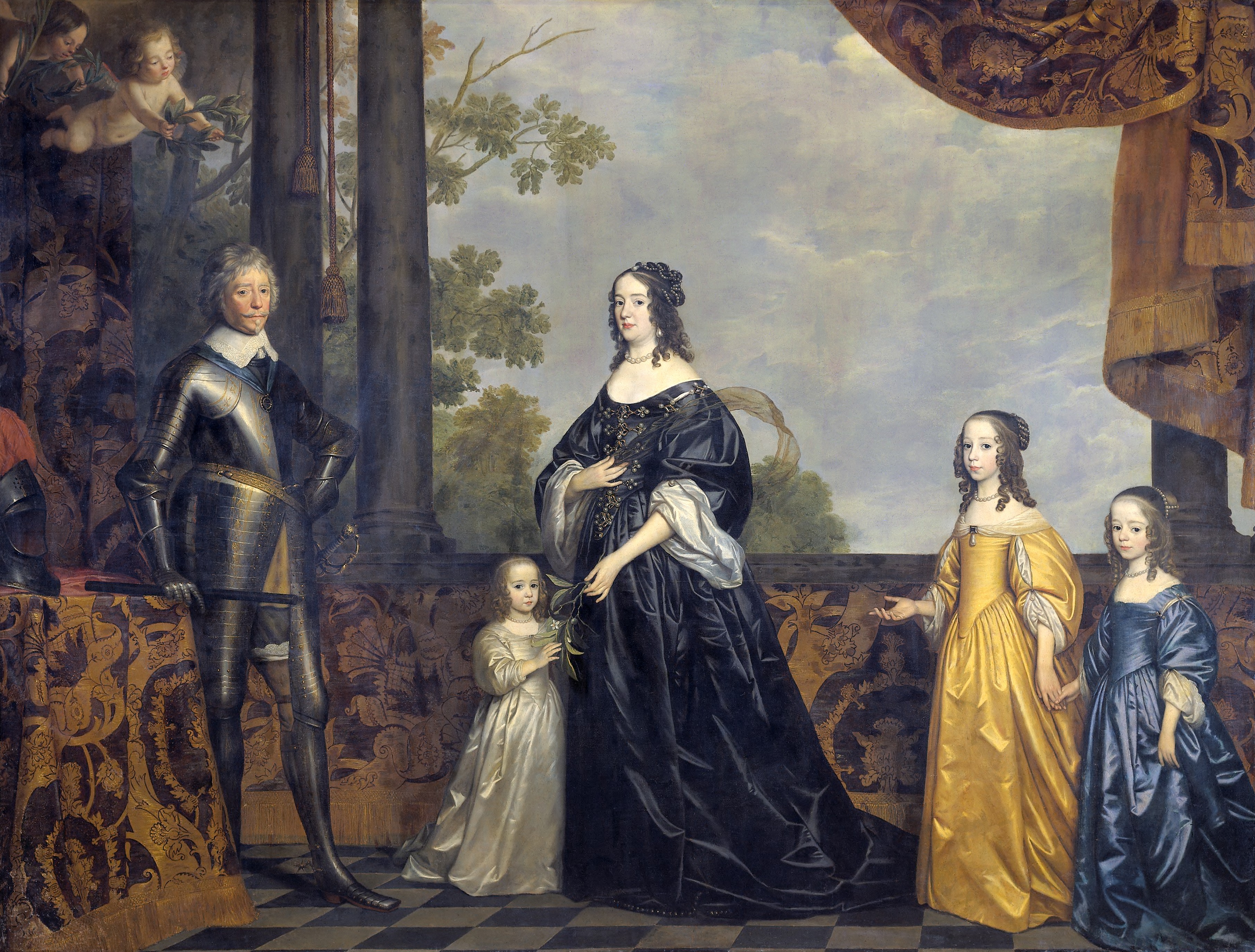|
Maria Of Orange-Nassau (1642–1688)
Maria of Nassau or Maria of Orange-Nassau (5 September 1642 – 20 March 1688) was a Dutch princess of the house of Orange and by marriage ''pfalzgräfin'' or countess of Simmern-Kaiserslautern. Life Maria was born in The Hague, the youngest daughter of Amalia of Solms-Braunfels and her husband Frederick Henry, Prince of Orange. Her father was already in his late fifties when she was born and died when she was only four. She was also the aunt of the future William III, via her brother William II. In 1660 her family began negotiations for her to marry Charles II of Great Britain. However, in the end he opted to marry Catharine of Braganza to establish an anti-Spanish alliance with Portugal. A year later marriage negotiations with John Maurice, Prince of Nassau-Siegen began, but these also proved abortive. On 23 September 1666 in Kleve she married Louis Henry, Count Palatine of Simmern-Kaiserslautern (1640-1674), son of Louis Philip and a grandson of Maria's aunt Countess Lo ... [...More Info...] [...Related Items...] OR: [Wikipedia] [Google] [Baidu] |
Johannes Mytens
Johannes Mytens or Jan Mijtens, or "Mytens" to the English (c.1614 – 24 December 1670) was a Dutch Golden Age painter, almost entirely as a portraitist. Mytens was born in The Hague. According to Houbraken, Johannes (Jan) Mijtens was trained by Anthony van Opstal and later by Nicolas van der Horst. Both of his uncles, Isaac Mijtens and Daniël Mijtens, were painters, and his son Cornelis became an engraver. [Baidu] |
Louis Philip, Count Palatine Of Simmern-Kaiserslautern
Louis Philip (German: Ludwig Philipp) (23 November 1602 – 6 January 1655) was the Count Palatine of Simmern-Kaiserslautern from 1610 until 1655. Philip acted as Administrator of the Palatinate between 1632 and 1648. Philip was born in Heidelberg, as the youngest son of Frederick IV, Elector Palatine and Countess Louise Juliana of Nassau, herself the eldest daughter of William the Silent and his third spouse Charlotte de Bourbon-Montpensier. After his father's death in 1610, Louis Philip inherited his territories around Simmern, Kaiserslautern and Sponheim. Philip was appointed as Administrator (Regent) of the Palatinate after the 1632 death of the Elector Frederick, and held that post until the restoration of Frederick's son Charles in 1648. Philip died in Krossen and was buried in Simmern. Marriage Louis Philip married Marie Eleonore von Brandenburg (1 April 1607 - 18 February 1675), daughter of Elector Joachim Frederick, on 4 December 1631 and had the following chi ... [...More Info...] [...Related Items...] OR: [Wikipedia] [Google] [Baidu] |
Juliana Of Stolberg
Juliana, Countess of Stolberg-Wernigerode (15 February 1506 in Stolberg, Saxony-Anhalt – 18 June 1580) was the mother of William the Silent, the leader of the successful Dutch Revolt against the Spanish in the 16th century. Juliana was born in Stolberg as the daughter of Bodo VIII, Count of Stolberg-Wernigerode and Anna of Eppstein-Königstein. She was raised a Roman Catholic but changed her religion twice, first to Lutheranism and later to Calvinism. She, along with her second husband, was a convinced Protestant and raised their children in the Protestant ways. After the death of her second husband in 1559 she remained living at Dillenburg castle, now belonging to her second son John, where she died in 1580. Her entire life, she kept close to her children, especially William. When William began his rebellion against Philip II of Spain she supported her son morally and financially. Because of this financial support, William was able to campaign against Spain in the Netherlan ... [...More Info...] [...Related Items...] OR: [Wikipedia] [Google] [Baidu] |
William I, Count Of Nassau-Siegen
Count William I of Nassau-SiegenIn many sources he is called William I of Nassau(-Dillenburg) and in some sources of Nassau-Katzenelnbogen. He was born with the titles Count of Nassau, Vianden and Diez. Two years before his death, he obtained the right to hold the title Count of Katzenelnbogen, which meant that since then he held the official titles Count of Nassau, Katzenelnbogen, Vianden and Diez. It is incorrect to refer to him as the only reigning Count of Nassau, because the County of Nassau was divided into Nassau-Beilstein, Nassau-Siegen, Nassau-Weilburg and Nassau-Wiesbaden. Furthermore, there was the cadet branch of Nassau-Saarbrücken, which ruled the counties of Saarbrücken and Saarwerden. William ruled the County of Nassau-Siegen, which is erroneously called Nassau-Dillenburg in many sources. See note 2. (10 April 1487 – 6 October 1559), german: Wilhelm I. Graf von Nassau-Siegen, official titles: ''Graf zu Nassau, Katzenelnbogen, Vianden und ... [...More Info...] [...Related Items...] OR: [Wikipedia] [Google] [Baidu] |
William I Of Orange
William the Silent (24 April 153310 July 1584), also known as William the Taciturn (translated from nl, Willem de Zwijger), or, more commonly in the Netherlands, William of Orange ( nl, Willem van Oranje), was the main leader of the Dutch Revolt against the Spanish Habsburgs that set off the Eighty Years' War (1568–1648) and resulted in the formal independence of the United Provinces in 1648. Born into the House of Nassau, he became Prince of Orange in 1544 and is thereby the founder of the Orange-Nassau branch and the ancestor of the monarchy of the Netherlands. In the Netherlands, he is also known as Father of the Fatherland (''Pater Patriae'') ( nl, Vader des Vaderlands). A wealthy nobleman, William originally served the Habsburgs as a member of the court of Margaret of Parma, governor of the Spanish Netherlands. Unhappy with the centralisation of political power away from the local estates and with the Spanish persecution of Dutch Protestants, William joined the Dutch ... [...More Info...] [...Related Items...] OR: [Wikipedia] [Google] [Baidu] |
Nine Years' War
The Nine Years' War (1688–1697), often called the War of the Grand Alliance or the War of the League of Augsburg, was a conflict between France and a European coalition which mainly included the Holy Roman Empire (led by the Habsburg monarchy), the Dutch Republic, England, Spain, Savoy, Sweden and Portugal. Although not the first European war to spill over to Europe's overseas colonies, the events of the war spread to such far away places as the Americas, India, and West Africa. It is for this reason that it is sometimes considered the first world war. The conflict encompassed the Glorious Revolution in England, where William of Orange deposed the unpopular James VII and II and subsequently struggled against him for control of Scotland and Ireland, and a campaign in colonial North America between French and English settlers and their respective Native American allies. Louis XIV of France had emerged from the Franco-Dutch War in 1678 as the most powerful monarch in Europe ... [...More Info...] [...Related Items...] OR: [Wikipedia] [Google] [Baidu] |
Pneumonia
Pneumonia is an inflammatory condition of the lung primarily affecting the small air sacs known as alveoli. Symptoms typically include some combination of productive or dry cough, chest pain, fever, and difficulty breathing. The severity of the condition is variable. Pneumonia is usually caused by infection with viruses or bacteria, and less commonly by other microorganisms. Identifying the responsible pathogen can be difficult. Diagnosis is often based on symptoms and physical examination. Chest X-rays, blood tests, and culture of the sputum may help confirm the diagnosis. The disease may be classified by where it was acquired, such as community- or hospital-acquired or healthcare-associated pneumonia. Risk factors for pneumonia include cystic fibrosis, chronic obstructive pulmonary disease (COPD), sickle cell disease, asthma, diabetes, heart failure, a history of smoking, a poor ability to cough (such as following a stroke), and a weak immune system. Vaccines to ... [...More Info...] [...Related Items...] OR: [Wikipedia] [Google] [Baidu] |
Bad Kreuznach
Bad Kreuznach () is a town in the Bad Kreuznach district in Rhineland-Palatinate, Germany. It is a spa town, most well known for its medieval bridge dating from around 1300, the Alte Nahebrücke, which is one of the few remaining bridges in the world with buildings on it.Brückenhäuser, Alte Nahebrücke, Neustadt , Bad Kreuznach o www.romantic-germany.info (in English). Retrieved 14 June 2018 The town is located in the Nahe River wine region, renowned both nationally and internation ... [...More Info...] [...Related Items...] OR: [Wikipedia] [Google] [Baidu] |
Oranienbaum, Germany
Oranienbaum () is a former town and a former municipality in the district of Wittenberg, in Saxony-Anhalt, Germany. Since 1 January 2011, it is a District (german: Ortsteil) of the town of Oranienbaum-Wörlitz. It is situated south of the Elbe, east of Dessau. History The former settlement of Nischwitz was renamed in 1673 after Countess Henriette Catherine of Nassau, a scion of the House of Orange-Nassau ( nl, Oranje-Nassau) and princess consort of the then ruling Prince John George II of Anhalt-Dessau. From 1683 on, the Countess had the Oranienbaum Palace erected according to plans by the Dutch architect Cornelis Ryckwaert. The parks are today included within the Dessau-Wörlitz Garden Realm, a UNESCO World Heritage Site since 2000. Sights * Oranienbaum Palace, park and Chinese garden with pagoda * Baroque parish church, built in 1712 * Monument Path with 29 stations * Historical market square * Dutch architectural style of the 19th century International relations * Daun, ... [...More Info...] [...Related Items...] OR: [Wikipedia] [Google] [Baidu] |
Countess Henriette Catherine Of Nassau
Henriette Catherine of Nassau (10 February 1637 – 5 November 1708) was princess consort of Anhalt-Dessau by marriage to John George II, Prince of Anhalt-Dessau, and regent of Anhalt-Dessau from 1693 to 1698 during the minority (and then the absence) of her son Leopold I, Prince of Anhalt-Dessau. Life Henriette was born in The Hague as a member of the House of Orange-Nassau, being the seventh of nine children born to Frederick Henry, Prince of Orange and Amalia of Solms-Braunfels. Some of her siblings died in childhood. Henriette and four other siblings lived to adulthood, her surviving siblings were: William II, Prince of Orange, Luise Henriette of Nassau, Albertine Agnes of Nassau and Maria of Nassau. Princess consort of Anhalt-Dessau The Thirty Years War had left Germany in ruins but the Netherlands under the reign of Henriette's father, Frederick Henry, had made great progress since the assassination of William the Silent. Her father wanted to make peace with Germany an ... [...More Info...] [...Related Items...] OR: [Wikipedia] [Google] [Baidu] |
Schloss Oranienstein
Schloss Oranienstein is one of the palaces of the House of Orange-Nassau, sited at Diez on the Lahn. It was built on the ruins of Dierstein Abbey between 1672 and 1681 for Countess Albertine Agnes of Nassau after she was widowed. After the French Republican invasion destroyed the Dutch Republic in 1795, stadtholder William V, Prince of Orange and his family first fled to England, before settling in Oranienstein for several years. Here, William and his son William Frederick issued the Oranienstein Letters, recognising the Batavian Republic and renouncing their stadtholderate and territorial claims in the Netherlands in return for financial and territorial compensation elsewhere, granted by First Consul Napoleon Bonaparte. After the annexation of the Duchy of Nassau by Prussia in 1866, the palace was given to the Prussian army the following year. It is still today occupied by the Bundeswehr The ''Bundeswehr'' (, meaning literally: ''Federal Defence'') is the armed forces of ... [...More Info...] [...Related Items...] OR: [Wikipedia] [Google] [Baidu] |
Countess Albertine Agnes Of Nassau
Albertine Agnes of Nassau (April 9, 1634 – May 26, 1696), was the regent of Friesland, Groningen and Drenthe during the minority of her son Henry Casimir II, Count of Nassau-Dietz, between 1664 and 1679.Geert H. Janssen, Albertine Agnes van Oranje, in: Digitaal Vrouwenlexicon van Nederland. URL: http://resources.huygens.knaw.nl/vrouwenlexicon/lemmata/data/AlbertineAgnes 7/04/2016/ref> She was the sixth child and fifth daughter of stadtholder Frederick Henry, Prince of Orange and Amalia of Solms-Braunfels. Life Albertine Agnes was born in The Hague and was the sixth of nine children born to her parents. Some of her siblings died in childhood. Albertine and four other siblings lived to adulthood. Her surviving siblings were: William II, Prince of Orange, Luise Henriette of Nassau, Henriette Catherine of Nassau and Mary of Nassau. In 1652 she married her second-cousin, William Frederick, Prince of Nassau-Dietz. Regency After the death of her husband in 1664, she became r ... [...More Info...] [...Related Items...] OR: [Wikipedia] [Google] [Baidu] |






